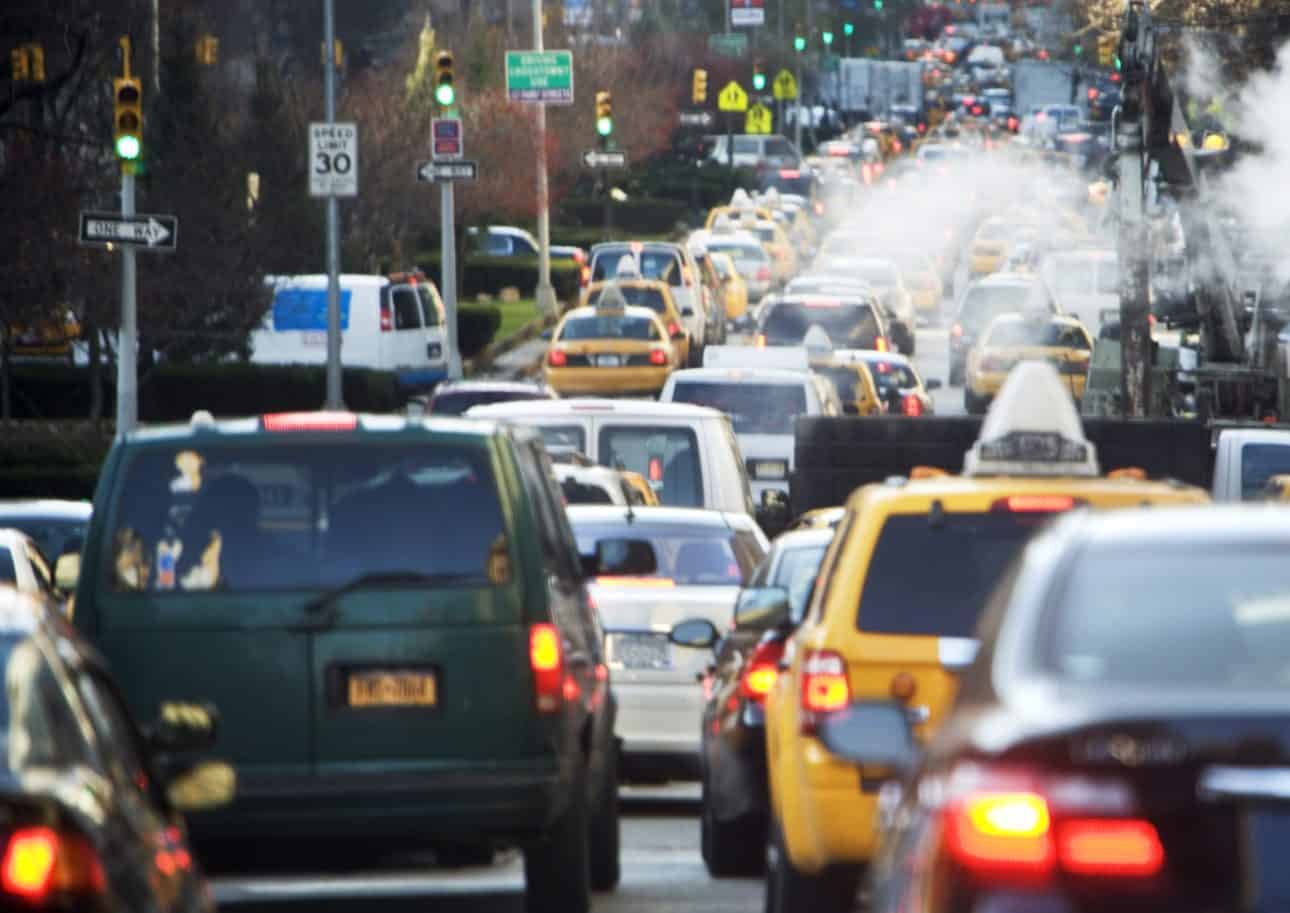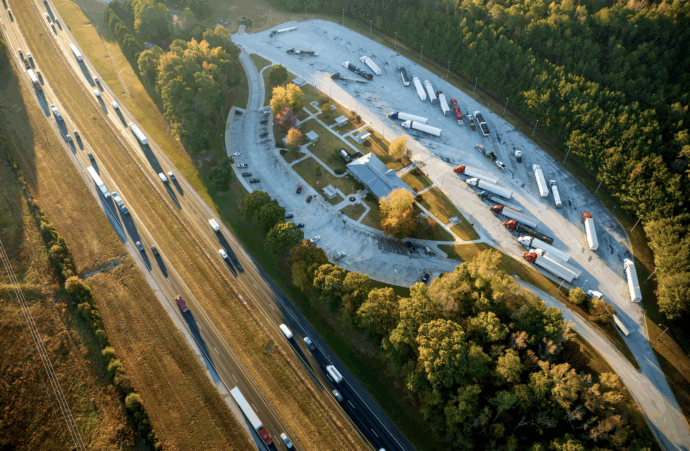AADT measurements are used to plan construction projects, enhance infrastructure and formulate new policies. Several important use cases involving AADT data exist, including:
Site selection – Whether it’s being used to choose locations for new electric vehicle (EV) chargers, truck parking or new stores, AADT can assist by showing which roads or highways are the busiest. Roads with higher average traffic totals are typically better for new nearby infrastructure because more drivers will need more stopping options. No matter the type of infrastructure being built, the planners of the project want to make sure it will be heavily used. Deploying a data-driven philosophy when selecting a new construction project location will help verify that it’s in a high-traffic area. This gives stakeholders confidence that the new infrastructure will serve many people and be worth the investment.
Funding determinations – AADT can additionally help agencies identify the level of financial backing needed for a new transportation infrastructure project. Projects set to begin in highly-traveled areas are given more dollars; AADT provides proof of how many vehicles move throughout a region. Based on the level of traffic, accurate amounts of funding can be administered to support a successful project.
Measuring traffic flows and incident impacts – To understand how traffic moves throughout an entire region, AADT totals can be compared on a road-by-road basis. In the event of an infrastructure emergency, AADT data can also help indicate regional impacts the incident is having on surrounding roadways. Study daily vehicle count averages to pinpoint the best ways to manage traffic patterns, no matter the circumstances.
Enhancing equity and safety – Building safer, more equitable transportation infrastructure is another key component that AADT can help with. This data can enable transportation planners to see how traffic numbers by road are changing over time, drawing attention to real-world issues that may be emerging. They’re then able to address these problems that the data helped diagnose, supporting a fairer and safer transportation network for all.





